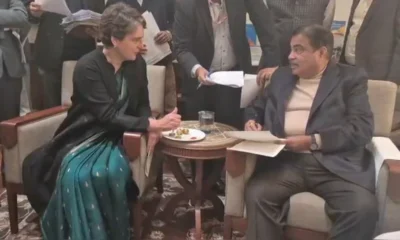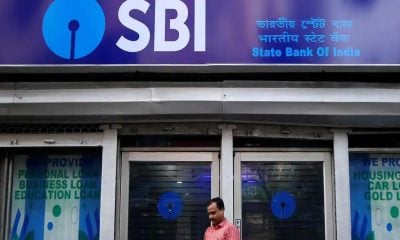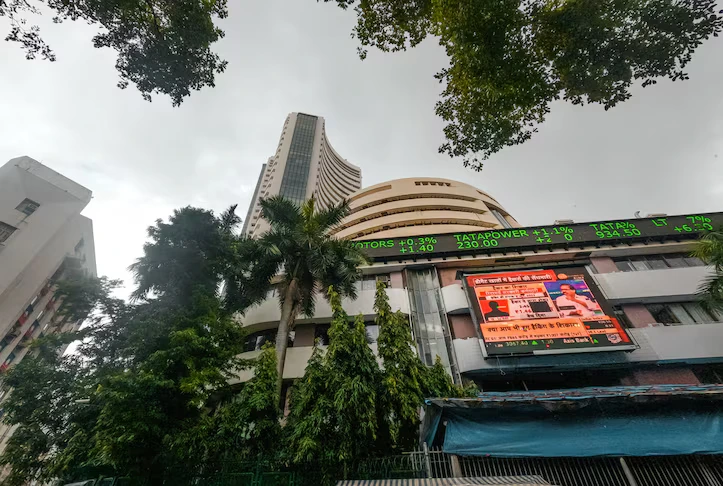Economy news
What are the Steps In Financial Planning | Steps In Financial Planning
The initial Steps In Financial Planning relate to arranging cycle can be free. It is an opportunity for the budgetary organizer to comprehend your circumstance and discussion about the administrations they offer.

Economy news
ITR filing last date today: What taxpayers must know about penalties and delays
The deadline for ITR filing ends today, September 15. Missing it may lead to penalties, interest charges, refund delays, and loss of tax benefits.
Economy news
India’s GDP surges 7.8% in Q1, outpaces estimates and China
India’s GDP surged 7.8% in Q1 2025-26, the highest in five quarters, driven by strong services and agriculture sector growth, according to NSO data.
Economy news
Sensex falls 600 points, nifty slips 180 as US tariffs hit Indian markets
Indian equity markets witnessed sharp declines as US tariffs on Indian imports took effect. Sensex dropped over 600 points, while Nifty fell nearly 180 points in early trade.
-

 India News20 hours ago
India News20 hours agoAAP dominates Punjab zila parishad polls, leads in most panchayat samiti zones
-

 India News20 hours ago
India News20 hours agoPriyanka Gandhi meets Nitin Gadkari over Kerala road projects, light moments mark discussion
-

 Latest world news20 hours ago
Latest world news20 hours agoIndia closes two more visa centres in Bangladesh amid worsening security concerns
-

 India News2 hours ago
India News2 hours agoG RAM G bill replacing MGNREGA passes Parliament amid opposition walkout and protests
-

 Latest world news3 hours ago
Latest world news3 hours agoBangladesh rocked by violent protests after student leader Sharif Osman Hadi’s death, anti-India slogans raised
-

 India News9 mins ago
India News9 mins agoRahul Gandhi attacks G RAM G bill, says move against villages and states
-

 India News2 mins ago
India News2 mins agoRenaming MGNREGA removes core spirit of rural employment law, says Shashi Tharoor









